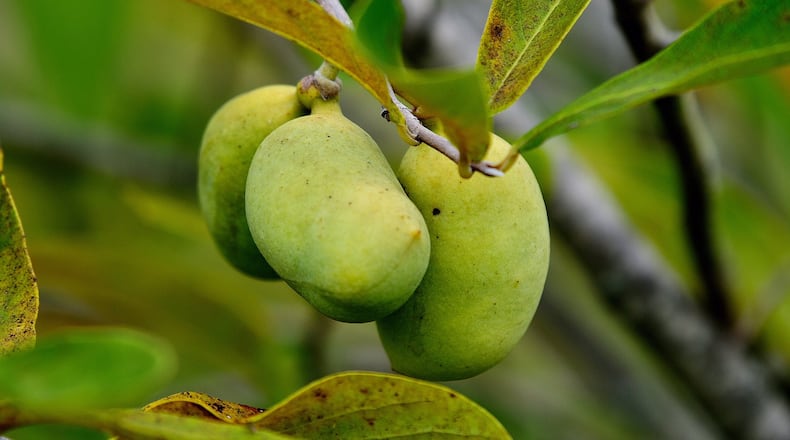Callaway Gardens is famous for a lot of things in the world of nature and certainly, the Cecil B. Day Butterfly Center is among the best in the country. It’s the place to give you a glimpse into the butterflies of Central America and the Tropics. Outside the Center, however, is where I like to hang out where you see what can happen at your home. In other words, build and they will come.
After having been the Director of the National Butterfly Center in Mission, Texas my vision of nature was transformed as I could see more clearly the importance certain plants played in the sustainability of pollinators. I would urge you as a gardener, a homeschool teacher, or a science teacher looking to add more zip to your STEM requirements to visit your local public garden during butterfly season.
But a couple of days ago my walk around the Center at Callaway Gardens gave me a glimpse back into one of the most beautiful native butterflies in the Eastern United States, the Zebra swallowtail. Twenty years ago, I filmed it for Southern Gardening TV with Mississippi State University and had since begun to think I might never see it again.
The Zebra swallowtail is not endangered, but like the Monarch, it too has a pretty rigid diet for the caterpillar stage, and that is the Paw Paw. In other words, no Paw Paw leaves, no Zebra swallowtails. Fortunately, there are several species in the wild with the one known botanically as Asminia triloba having the widest range.
As a kid growing up in Abilene, Texas I sang the song “Picking up Paw Paws” like you probably did. We bent over, probably an exercise, and put them in our pocket. No one knew what a Paw Paw was and most likely neither did the teacher. That day filming the Zebra swallowtail for TV I learned personally as I ate my first Paw Paw. Holy wow how great the taste and the fragrance from the cut-open fruit was an olfactory extravaganza, reminding me of a combination of all Caribbean fruit. Incredibly though, this was a native.
True the Paw Paw is our country’s largest native edible fruit. George Washington treasured the chilled fruit and my guess is, you will, too if you ever get to experience it. The Paw Paw belongs in the Annonaceae or Custard apple family. There are a lot of these fruits in the tropics, along with the handful of species in the United States.
So, this day in Callaway where I am reeling off photos by the hundreds there it was the Zebra swallowtail flying around, supping on lantana, about 30 feet away there it was a 10-foot tall Paw Paw tree. Build it and they will come.
When I got home and was looking at the photos, admiring how beautiful this butterfly was, I remembered a rare butterfly that showed up at the National Butterfly Center that looked very similar. The butterfly took everyone’s breath away, it was the Dark Kite. The butterfly much more prevalent in Mexico and South America was indeed related to the Zebra and has to have this same family of Custard Apple to survive.
The species of Paw Paw, Asminia triloba, is native from East Texas to Florida and along a line from Nebraska east to New York. This is great news for gardeners who want to plant a tree, to do so will allow you to teach your children and grandchildren about our heritage, eat some tropically delicious fruit and relish in the exotic beauty of perhaps our most stunning butterfly.
———
(Norman Winter, horticulturist, garden speaker and author of, “Tough-as-Nails Flowers for the South” and “Captivating Combinations: Color and Style in the Garden.” Follow him on Facebook @NormanWinterTheGardenGuy.)
About the Author
The Latest
Featured

